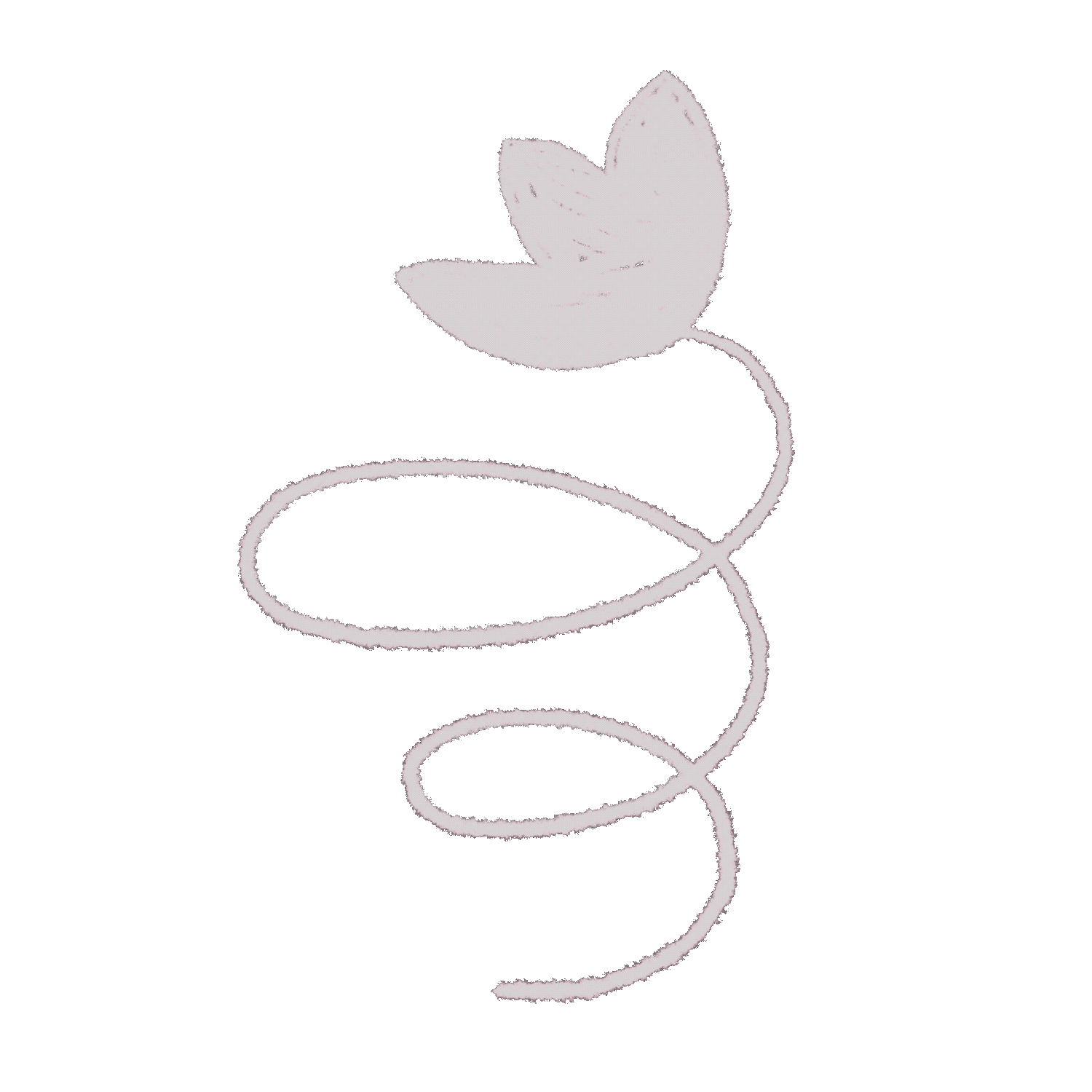How is Cognitive Behavior Therapy used in therapy?
Have you ever found yourself trapped in a cycle of negative thoughts, emotions, and behaviors? Perhaps you feel stuck and unsure of how to break free from the patterns that keep you feeling down. If so, cognitive behavioral therapy (CBT) may be the right approach for you.
Utilizing CBT in my practice, I first aim to help build awareness into the cycle of thoughts, emotions, and behaviors. In our time together, we will start exploring situations that increase negative thoughts, bodily changes, and low mood. Once we start to identify these triggers, we can explore further around your thoughts related to the situation.
Often these thoughts give a peak into your core beliefs – Core beliefs are a person’s most central ideas about themselves, others, and the world. These beliefs act like a lens through which every situation and life experience is seen. Often times core beliefs may sound like “I should do what others expect of me in order to be loved” or “I should keep working hard or else I will be a failure”. These are beliefs we have about ourselves that make us think, feel and behave differently than others in the same situation.
As we start to explore your thoughts with the triggering situation and also identify your core beliefs, we will engage in emotional processing. Often times, our thoughts keep us away from experiencing our emotions but our emotions are the ones that guide our way. When we feel guilt, we will keep saying yes to plans that we don’t want to be a part of. Our job is to name the guilt, and sit with it instead of acting upon it – when it is not a behavior we inherently want to engage in.
Hence, by identifying our thoughts, beliefs, and emotions related to a particular situation, we can slowly experiment with changing our behavior that is different from our habitual behavior. So now when I am asked by a friend to meet tonight for dinner, I recognize that I am experiencing thoughts of “I should be going or else she will be upset” and this is bringing about feelings of guilt and fear. But I am going to allow myself to act differently this time and see how that ends up. I chose to let my friend know that I am unable to meet today but I am available next week on Tuesday. This way, you’re still honoring the friendship by sharing your availability but also holding agency with your choice.
CBT helps to slowly expose ourselves to situations that might feel threatening for us and with trial and error, our goal is to soothe these threats with evidence. CBT also engages in cognitive restructuring and focuses on thinking traps. These are thinking errors that are in the form of absolute statements, and we all engage in these. Some common examples are:
Mind Reading: I think my friend hates me because I said no for dinner.
All or Nothing Thinking: Either I need to be perfect at this or I am not good at anything.
Through therapy and CBT, we can slowly identify our thinking traps and bring about other possible alternatives to these thoughts. For example, is it really true that my friend will hate me? Maybe she might be upset, and we can talk about it. Or, is there evidence that I am not good at anything else? What other areas do I feel good about myself and something that I enjoy doing where I might not be perfect? By bringing about alternatives, we are slowly building a mind skill of challenging negative thinking and bringing distance from thoughts that feel absolutely true in that moment.
Remember, thoughts are just thoughts; they are not always facts, and we can question them to understand if they are factual. By building awareness into the cycle of thoughts, emotions, and behaviors, we can start to break free from negative patterns and build more alternative ways of thinking.

